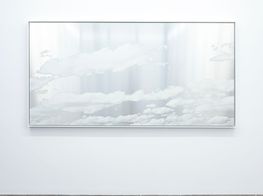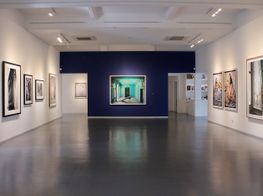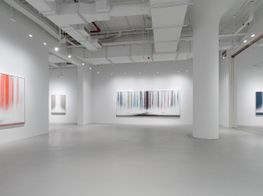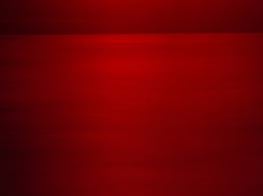Miya Ando at Sundaram Tagore Gallery, New York
There is something quite surprising about Miya Ando, the latest artist to have a solo show with Sundaram Tagore Gallery in New York. Half Japanese and half Russian, Ando is a descendant of Bizen sword makers and spent her childhood among Buddhist priests in a temple in Okayama, Japan. Yet today, she lives and works in New York, with her studio located in a vast repurposed industrial building in Long Island City, so removed from her upbringing.
A couple of days before the opening of her New York exhibition at Sundaram, The Nature of Perception (9 June–1 July 2016), Ando invited me to visit her studio. Prior to my visit I read up avidly about her practice, learning how she studied Buddhist iconography at Yale University, and then returned to Japan to apprentice under a master metalsmith at the Hattori Studio in Japan. Since then, Ando has been experimenting with metal, producing metal sculptures and paintings through a lengthy process that combines traditional techniques with modern industrial technology. With this in mind I expected to enter a factory of intense industrial production, filled with heat, fire and noise.
When Ando greeted me at the door, she brought with her an unexpected sense of calm. Her studio is pristine white with a large window that fills the back wall and bathes the space in light. When I arrived, works in all stages of production lined the walls and workstations around the space, yet the industrial chaos I had thought would inhabit the space did not.
Within minutes of walking into her studio, Ando began talking, bubbling over with enthusiasm and passion for light and the natural world, their transformative powers and the harmony that can be created between them and the man-made world. Certainly, when experiencing the light scattering across her most recent series of paintings Hamon, these qualities are apparent. The works shift constantly; there is not one angle from which they appear the same. As a viewer you have to explore the serene metal surfaces with your eyes and body; it is an interaction that relies upon your curiosity to discover the multitude of colours and images within each work.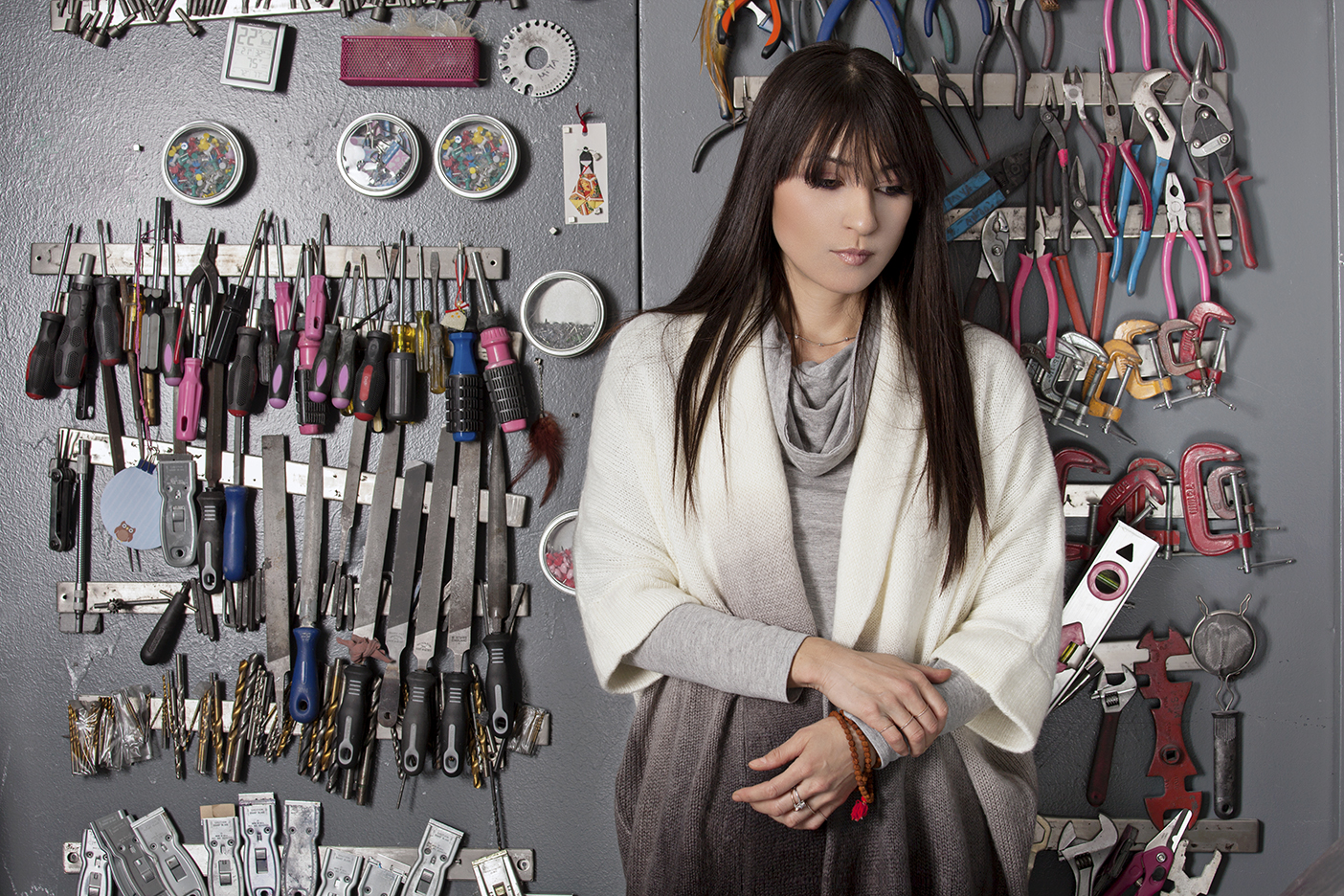
This reliance upon the physical experience of viewing is central to Ando’s work. Guided by phenomenological thinking and inspired by such artistic movements as Minimalism, Light and Space and Danseakhwa, what is most important to Ando is the materials and how we interact with them. While talking, we sat at an empty workbench, on which Ando insisted on scattering a number of small sculptures; she wanted to have things nearby to hold and reference. Her materials are everything.
To produce the light-reflecting gradients on her metal paintings, Ando applies heat, sandpaper, grinders and acid to the metal canvases, irrevocably altering the material’s chemical properties. Developed from her ancestors’ sword-making techniques, Ando’s process conflates the traditional with modern, relying equally upon science and technology. This delicate balance between ancient and modern is guided, according to Ando, by a deep need to understand. When Ando moved to the United States she only spoke Japanese; unable to comprehend what others were saying and vice versa. She found that this lack of understanding encouraged her to continually learn about anything and everything new she encounters.
It is arguably this inquisitiveness that has led Ando to work in series. With works from Hamon and Phenomenon on show at Sundaram, the exhibition exemplifies Ando’s dedication to test and play with her process. She has produced a large variety of metal paintings that exemplify how subtle changes in her process can produce something completely new: each one is just a little more grey, or perhaps a little more blue.
More recently, Ando has branched out a little further, creating works using a unique charred wood from her hometown in Japan. It signifies a shift from the reflective to the rustic. The deep black canvases which have resulted are scattered with threads of gold, produced using an ancient Japanese technique to render what Ando feels could be light pouring through the cracks. A far more personal series, Kintsugi, according to Ando, is a comforting reminder of her home. For the viewer it is perhaps a moment to reflect on the extraordinary properties of light and our relationship with it, a moment of calm in a world increasingly dominated by the glare of electronic screens.
This marked shift simply serves to enhance Ando’s intrigue. Trained in such a unique way and dedicated to the physical materiality of her work, Ando seems almost out of place in the midst of the increasingly digital and transitory contemporary art world. It is clear one cannot approach Ando’s practice with expectations; rather as a viewer you need to embrace her vivacious mind-set and look at her practice with equal amounts of curiosity. —[O]



